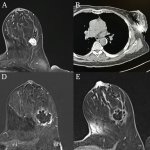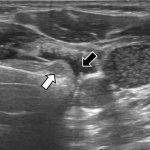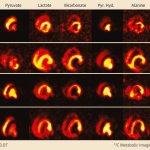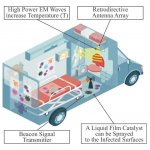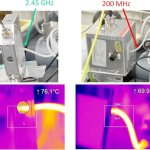
News • Crafting safe and appeling foods
Beyond just goo: 3D printing meals for dysphagia
Dysphagia can significantly reduce a person's quality of life. Now, research teams have developed a new 3D bioprinting method to create safe and appealing meals for dysphagia diets.



